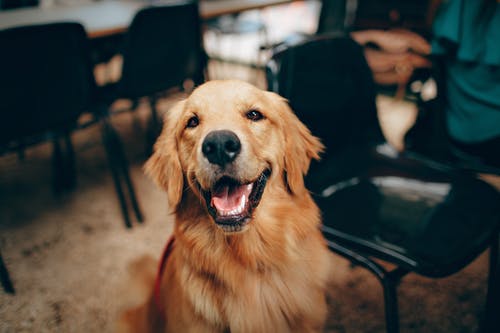There are various reasons for hair loss in pets, and some are more important than others. Hair loss in pets can result from multiple ailments such as food allergies and hypothyroidism.
What causes certain breeds to shed an excessive amount of hair? Do you think hair loss is more prevalent for certain species than others? Find out the causes for hair loss in pets, and learn how to keep your pet’s hair in top condition.
What’s causing my dog’s hair to fall out?
The loss of hair, also known as “alopecia,” can occur for different reasons in animals, ranging from infection to irritation caused by parasites. They include, but aren’t restricted to:
Replacement of Old Hair
Certain breeds of pets shed hundreds of hairs each spring; however, this is normal for the majority. If you’ve noticed your dog’s coat gets thicker during the winter months, you can think that all the fluff disappears after a few months due to the shedding that occurs during the season.
A dog’s brushing can be a delightful reward for many dogs, as shed hair is usually an itchy feeling. It also helps keep your home from looking when a dog’s hair storm strikes it.
Allergies
Allergies are the most common cause of hair loss in pets. Like humans, dogs could be sensitive to pollen, food, or parasites, such as mites or fleas like we are.
Dermatitis is characterized by itchy skin, hot patches, patchy hair loss, and frequent itching of the ears. Discuss with your vet about testing for allergies if your dog has these symptoms.
Health and Disease
Hyperadrenocorticism, or Cushing’s disease, a disorder brought on by an excess of the stress hormone cortisol, may also result in hair loss in dogs. Cushing’s disease, more commonly referred to as Cushing’s syndrome, can be treated using treatment or surgery.
Pets older than six years old are at a higher risk of developing Cushing’s disease. Other signs of Cushing’s disease are increased desire to drink, eat, urine, an enlarged stomach, and panting. If you notice these signs on your dog, consult with your vet immediately or type in your browser “animal surgeons near me.”
Genetics
Your dog could develop hair loss as they get older, most commonly when they reach the age. Because of the absence of treatments available, many owners find ways to deal with it. Check with your doctor to ensure that they have looked into any other possible hair loss causes before prescribing any medications.
Infection or Parasite Infestation
Certain dogs are susceptible to mites or fleas, which can cause skin irritation and hair loss. Mange mites and fleas are incredibly harmful and can be transmitted to other pets or even human beings in your home. Oily skin, more fatty itching, and inflammation are all indications that your dog may have mites. It will help if you consult with your vet to learn more about parasite infestation and learn ways to prevent it.
How to Deal With the Loss of Hair in Your Pet
Consult with vets in Fort Valley GA, if your pet develops a patch of hair loss or if the coat seems to be thinner than usual. If the symptoms are mild, it is possible to look into hypoallergenic dog food options to determine if they can help to ease the issue.
Reducing the loss of hair for your pet could be as easy as looking for the presence of fleas in your home or removing mange and creating a peaceful environment for the dog. More severe issues might require a thorough check out before the situation gets worse if there’s no change in your pet’s health.
The Takeaway
Ensuring that your pet’s hair is in good health is a crucial aspect of a pet’s health. If your pet is losing hair in an excessively significant amount, has areas of hair loss, or shows indications of inflammation or irritation in the skin area. It is recommended to visit your vet promptly.
